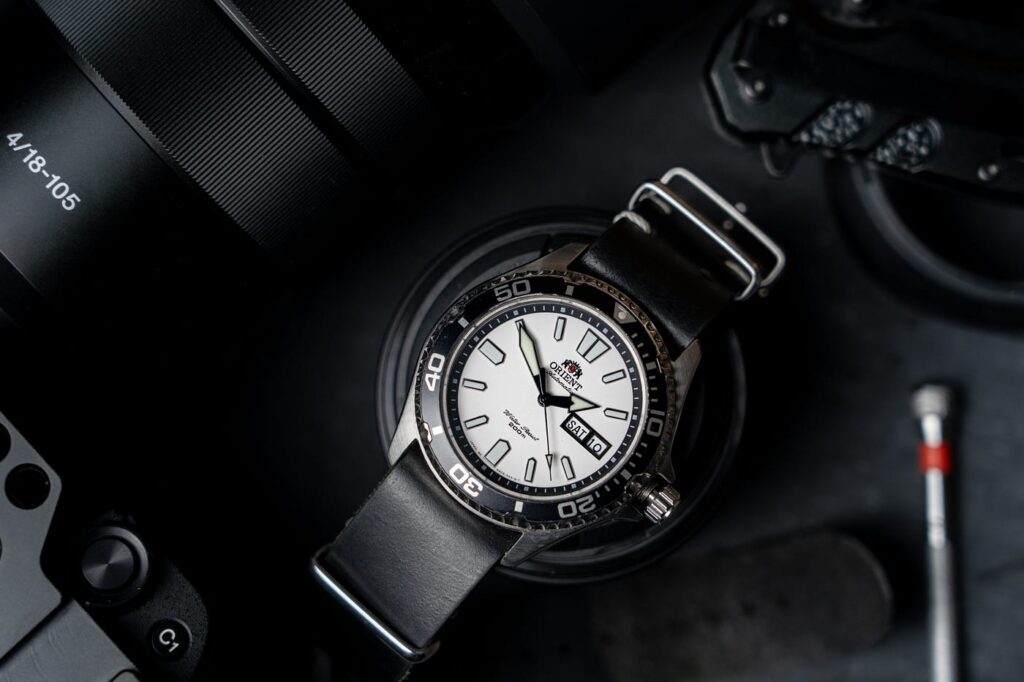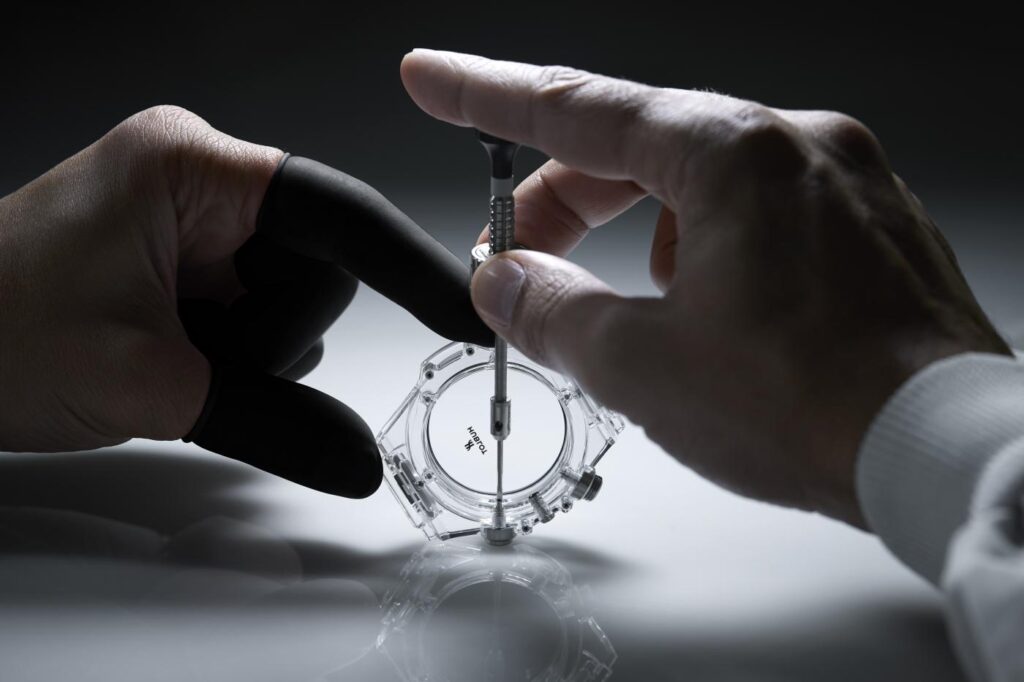In the world of horology, independent watchmakers are celebrated for their innovative use of materials and technologies, pushing the boundaries of traditional watchmaking to create timepieces that are both technically advanced and visually stunning. From exotic materials sourced from the far reaches of the earth to cutting-edge technologies developed in state-of-the-art laboratories, independent watchmakers are constantly exploring new avenues of innovation to create watches that stand out from the crowd. In this article, we’ll delve into some of the unique materials and technologies used in creating independent watches, highlighting the ingenuity and creativity that define this dynamic industry.
1. Exotic Metals and Alloys
Independent watchmakers are known for their adventurous spirit when it comes to materials, often turning to exotic metals and alloys to create timepieces that are both durable and distinctive. From tantalum and titanium to zirconium and carbon fiber, independent watchmakers have access to a wide range of exotic materials that offer unique properties such as lightweightness, scratch resistance, and hypoallergenic qualities. These materials are often used in cases, bracelets, and even movement components, adding a touch of exclusivity and luxury to independent watches.
2. High-Tech Ceramics

High-tech ceramics are another favorite material among independent watchmakers, prized for their exceptional hardness, scratch resistance, and vibrant colors. Unlike traditional ceramics, which are made from clay and fired in a kiln, high-tech ceramics are produced using advanced manufacturing processes that involve sintering powdered ceramic materials at high temperatures. This results in a material that is lightweight, hypoallergenic, and virtually scratch-proof, making it ideal for use in watch cases, bezels, and bracelets. High-tech ceramics are often used to create bold and modern designs that are both stylish and durable.
3. Advanced Composites
Advanced composites, such as carbon fiber and forged carbon, have become increasingly popular among independent watchmakers in recent years. These materials offer a unique combination of strength, lightness, and flexibility, making them ideal for use in watch cases and movement components. Carbon fiber, in particular, is prized for its distinctive appearance and high-tech aesthetic, while forged carbon offers a more organic and textured finish. Independent watchmakers often use advanced composites to create watches with a futuristic and avant-garde appeal, showcasing their commitment to innovation and cutting-edge design.
4. Silicon and Other High-Tech Materials
Silicon and other high-tech materials have revolutionized the world of watchmaking, offering unprecedented precision, performance, and reliability. Silicon is prized for its antimagnetic properties, low friction coefficient, and resistance to temperature changes, making it an ideal material for use in escapements, balance springs, and other critical movement components. Independent watchmakers have embraced silicon and other high-tech materials, incorporating them into their timepieces to improve accuracy, reduce maintenance, and enhance durability. These innovations have helped to push the boundaries of traditional watchmaking and pave the way for new generations of high-performance watches.
5. Innovative Technologies

In addition to novel materials, independent watchmakers are also harnessing innovative technologies to create watches that are at the cutting edge of horological innovation. From 3D printing and laser machining to computer-aided design and simulation software, independent watchmakers are leveraging the latest tools and techniques to bring their designs to life with unprecedented precision and accuracy. Advanced manufacturing technologies allow independent watchmakers to produce intricate components with intricate details and complex geometries that would be impossible to achieve using traditional methods. This has opened up new possibilities for creativity and innovation in watchmaking, allowing independent watchmakers to push the boundaries of what is possible in terms of design, performance, and functionality.
In conclusion, the use of unique materials and technologies is a defining characteristic of independent watchmaking, setting it apart from mainstream brands and pushing the boundaries of traditional watchmaking. From exotic metals and high-tech ceramics to advanced composites and innovative technologies, independent watchmakers are constantly exploring new avenues of innovation to create timepieces that are both technically advanced and visually stunning. By harnessing the latest materials and technologies, independent watchmakers are able to create watches that are not only highly functional and reliable but also works of art that showcase the ingenuity and creativity of the human spirit.
